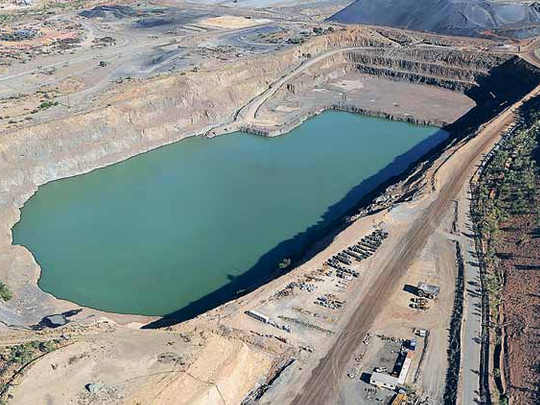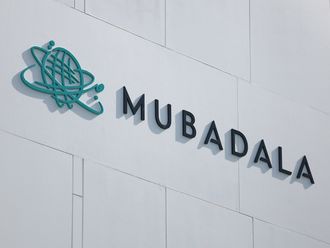
London: Prices of key commodities fell yesterday, stung by a surge in the dollar after a surprise hike in the US Federal Reserve discount rate, leading investors to examine the basis of major investment in the asset class.
The Fed cited improvement in financial market conditions when it raised the rate it charges banks for emergency loans on Thursday.
While Fed officials were swift to say the move was not a warning to consumers and businesses to brace for costlier credit, some investors read the action as symbolic, taking the central bank a step closer to lifting benchmark interest rates.
It also gave rise to debate on the nature of funding for the flood of investments in commodities, which had been fuelled by ultra-low global interest rates.
"Structurally, this is simply a change in direction — a recognition that things are not as bad as they were two quarters ago," said Ashok Shah, chief investment officer at London and Capital.
"The point is that the extraordinary [monetary and fiscal] help that was given has to be slowly withdrawn. When the help was given it benefited some of these markets a lot. As that is slowly removed, then that benefit is slowly being reversed," he added.
London Metal Exchange copper fell as much as 2 per cent yesterday, paring gains made in the previous session, as the dollar rose and after the US Federal Reserve raised its discount rate.
"To a large degree it is the Fed move," said Daniel Brebner, London based metals analyst at Deutsche Bank.
"There is a lot of scepticism that there is significant sustainability with respect to the recovery — that it is quite dependent on a combination of low interest rates or fiscal policies."
A strong US currency makes metals priced in dollars more expensive for holders of other currencies.
"Yesterday's discount rate hike by the Fed weighs on base metals via the firmer US dollar," Commerzbank said in a note.
"We do not expect that the Fed's move will have the same impact as China's measures to cool down its partly overheated economy could have."
On Thursday, the red metal, used in power and construction, hit a three-week high at $7,336.00 (Dh26,940) after strong regional manufacturing data in the United States pointed to brighter economic prospects.
A combination of Chin-ese buying, a weaker dollar and fund buying, helped copper rise 140 per cent last year, despite fundamentals remaining relatively weak.
Highlighting weak demand outside China, the world's largest metals consumer, copper stocks fell 300 tonnes but remain near six-year highs at 554,775 tonnes.
Aluminium traded at $2,096 versus $2,114. LME inventories for the metal, used in transport and packaging, eased 7,025 tonnes to remain near record levels at about 4.6 million tonnes.
Tied up in finance deals
A large portion of those aluminium stocks are tied up in finance deals, to release cash for producers and to earn banks higher returns than they would get in money markets.
Boosting sentiment however, is a recent rise in cancelled warrants — material earmarked for delivery from LME warehouses.
On Thursday, aluminium cancelled warrants were at 301,725 tonnes compared with 243,175 tonnes on January 19.
"The mistake would be to read too much into this and say ‘we're getting this huge increase in re-stocking'," said Deutsche's Brebner. "The reality is tepid, timid, entry of buying on a hand-to-mouth basis by manufacturers."





_resources1_16a08546a2b_small.jpg)






